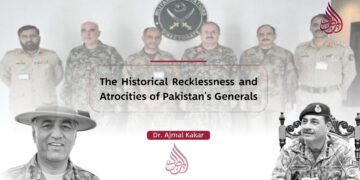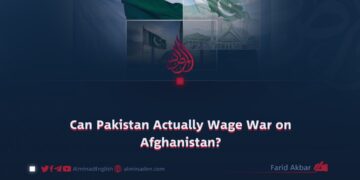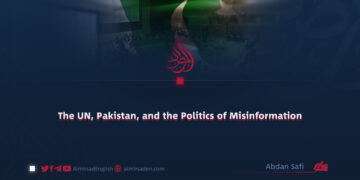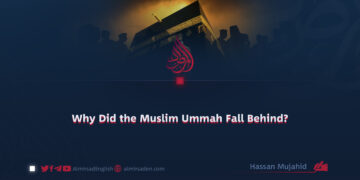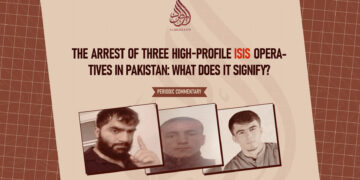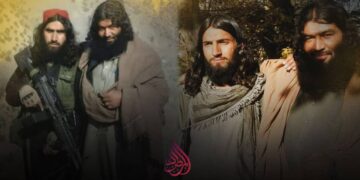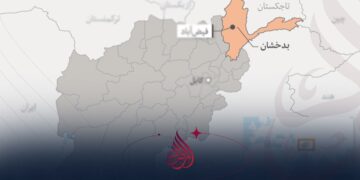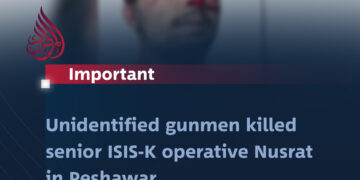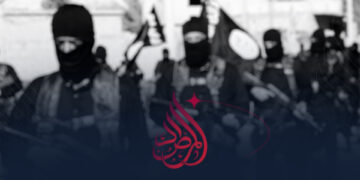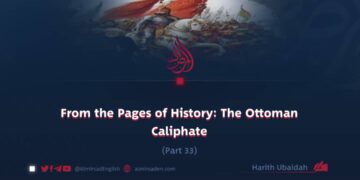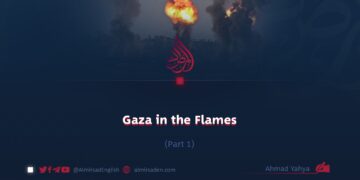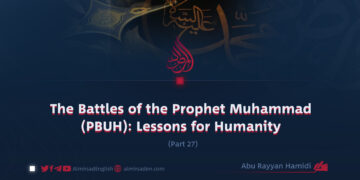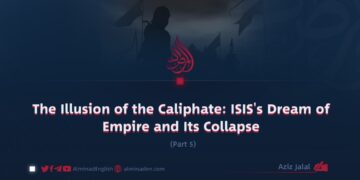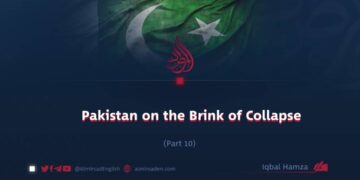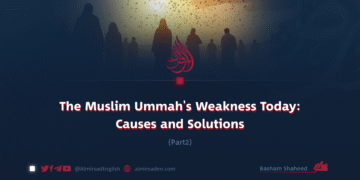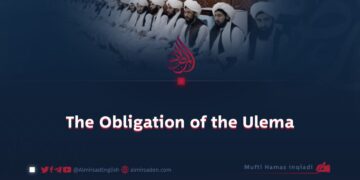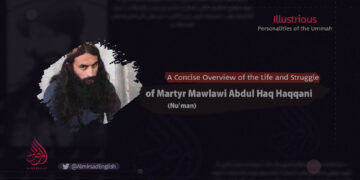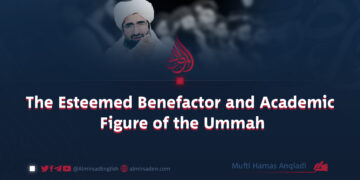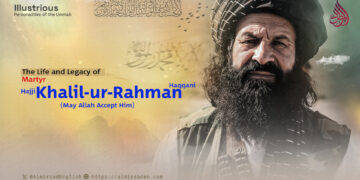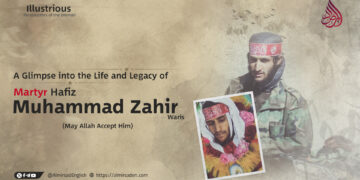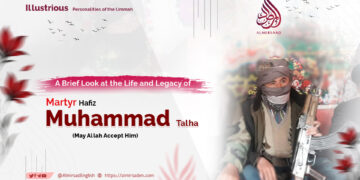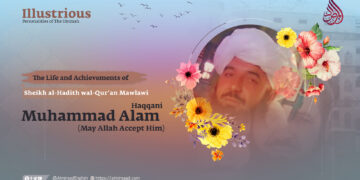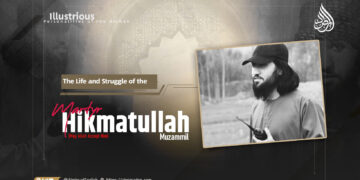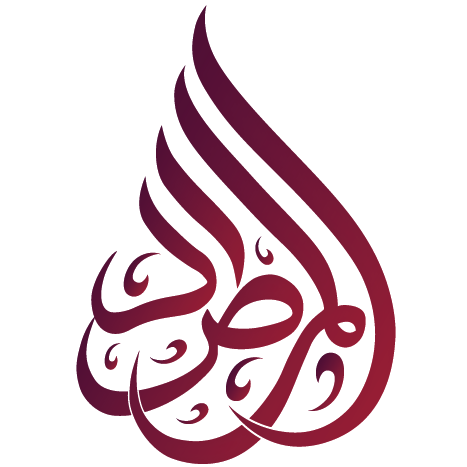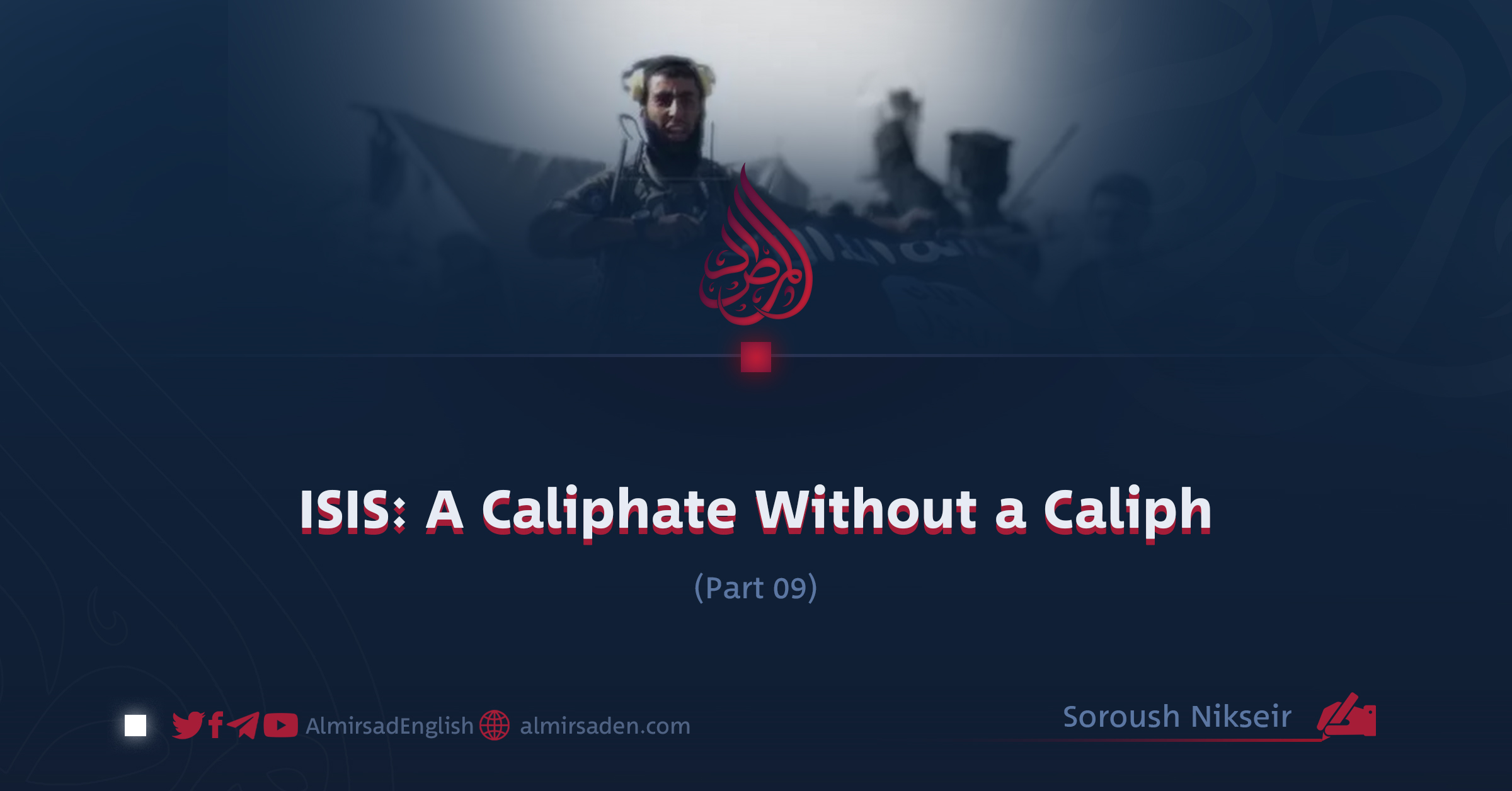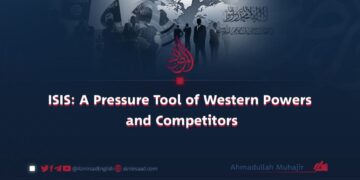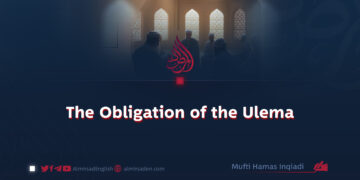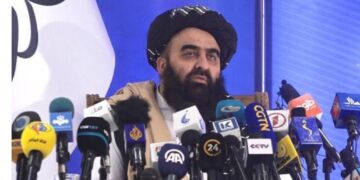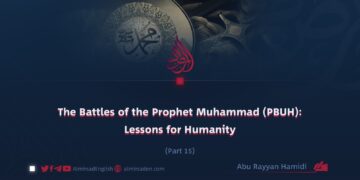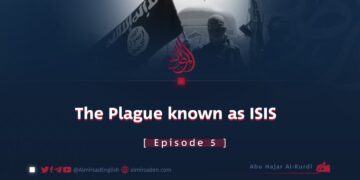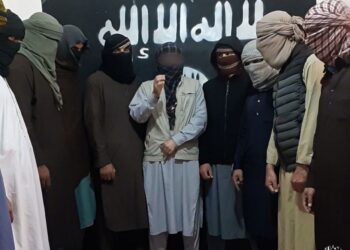Part 9
Soroush Nikseir
The Future of ISIS: The Islamic World’s Response to Extremism
The rise and collapse of the Daeshi Khawarij was not simply the end of a militant faction; it was a warning bell to the entire Islamic world. This group claimed the lives of thousands of innocents while projecting a grotesque and violent image of Islam, one that continues to linger in the global imagination. Even today, many still associate Islam with extremism, bloodshed, and plunder. But the story cannot end there.
The central question is urgent: how can the Muslim world prevent such a tragedy from repeating itself? The solution is not a single remedy but a process that begins with confronting the roots of extremism and continues through sustained, practical reforms.
Education is the first line of defense. Many who joined ISIS had only the faintest grasp of Islam’s true teachings. Where schools and universities rely on rigid, mechanical instruction, students are left vulnerable to false ideologies. What is required is a richer education, one that reveals the living heart of the faith, with principles grounded in mercy, justice, and reason.
The examples of Malaysia and Indonesia show what is possible. Their reformed curricula encourage dialogue among different traditions and nurture respect for diversity. These programs have proven that when young people are taught to see difference as a strength rather than a threat, they are far less susceptible to extremist ideologies.
Economic and social opportunity is equally vital. Extremism thrives where poverty and inequality leave young people without hope. A generation that feels abandoned is more easily drawn to destructive promises of power and belonging. Muslim nations must therefore invest in development that creates real opportunities for work and restores dignity. The Islamic Emirate of Afghanistan (IEA) has recognized this reality and begun pursuing major national projects aimed at employment and growth.
Media and digital platforms carry a heavy responsibility. ISIS once turned cyberspace into a battlefield of ideas, flooding it with propaganda. That space must now be reclaimed with truthful, constructive content that presents Islam as a religion of peace, mercy, and tolerance. By filling digital platforms with such voices, the Muslim world can push back against extremist narratives. The IEA has already begun mobilizing young people and scholars while expanding its media outreach.
Unity is indispensable. Divisions within the Muslim world, whether Sunni against Shia or Arab against non-Arab, have repeatedly provided openings for groups like ISIS and emboldened Islam’s enemies. Scholars and leaders from every tradition must stand together, raising a common voice against extremism.
The future of Islam depends on the choices made today. We can either allow the tragedies of the past to echo into the future or learn from them and chart a new course. That course must guide youth not toward violence but toward knowledge, opportunity, and progress. Islam is, at its core, a religion of life, hope, and mercy. This is the message the world must hear. Only then can we ensure that ISIS and its Khariji successors never rise again, and that Islam’s true, unblemished image is preserved, free from the stain of terror, destruction, or exploitation.

